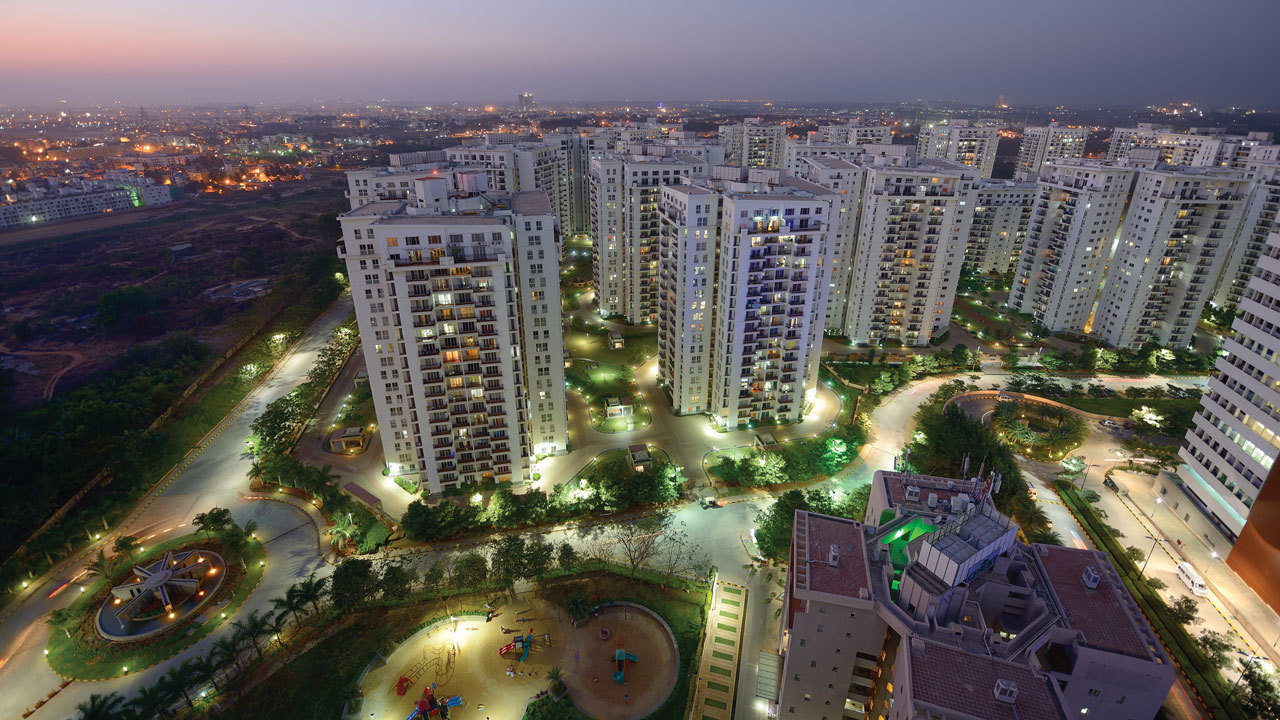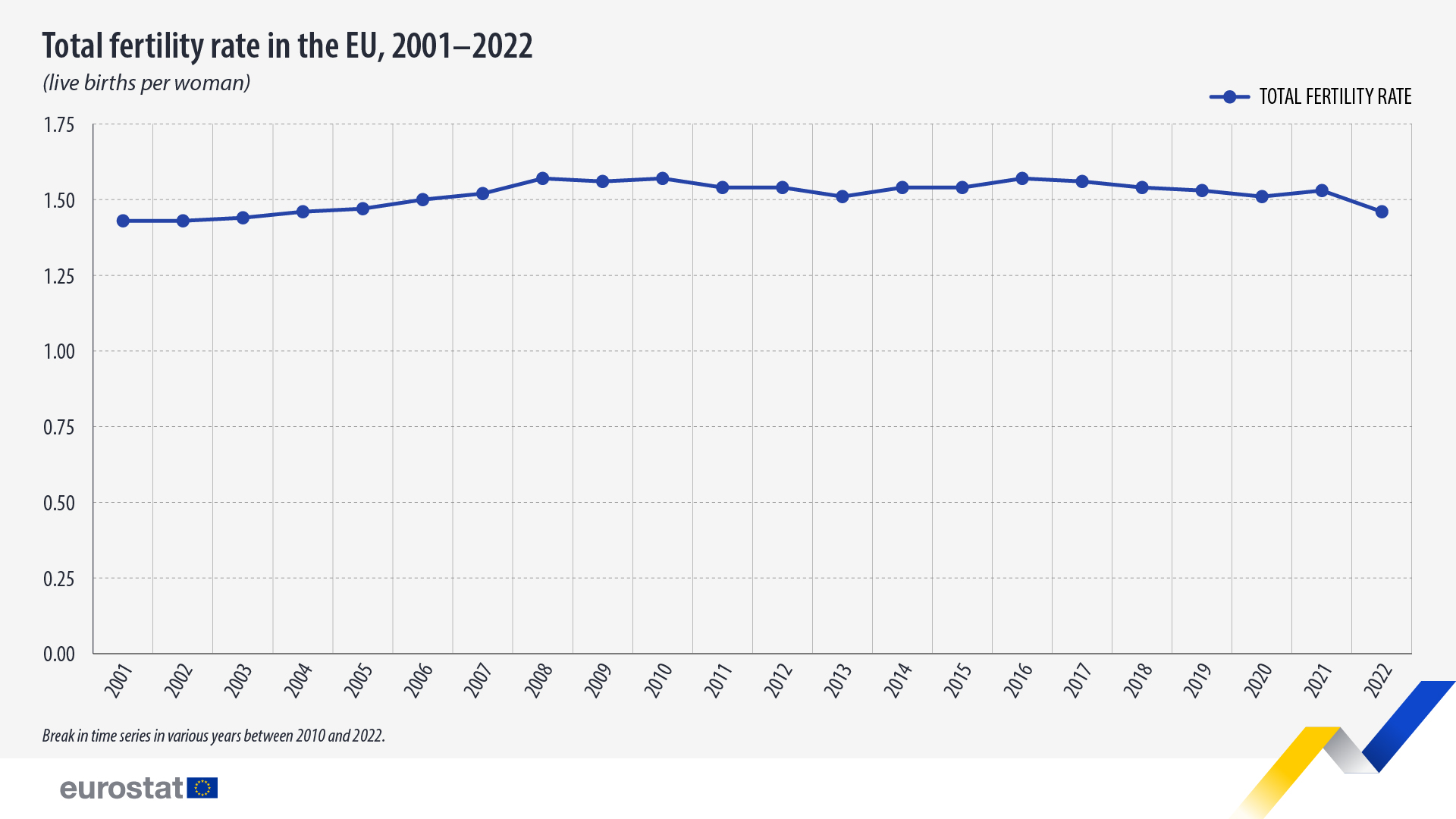1. Introduction
India’s real estate sector is a crucial driver of its economy, valued at around $240 billion as of 2024. Projected to expand to $650 billion by 2026, this growth reflects a compound annual growth rate (CAGR) of approximately 15%. The sector’s diverse portfolio includes residential, commercial, retail, and industrial properties, all pivotal to the nation’s economic fabric.
2. Historical Evolution
Pre-Liberalization Era: The Indian real estate landscape before the 1990s was largely characterized by state-controlled development and colonial-era infrastructure.
Post-Liberalization Boom: The 1990s economic liberalization catalyzed urban expansion and real estate growth. Significant reforms included the deregulation of the property market and the introduction of policies to boost private investment.
Regulatory Milestones: The Real Estate (Regulation and Development) Act (RERA) of 2016 was a landmark reform aimed at enhancing transparency and accountability, addressing issues like project delays and fund misuse.
3. Market Dynamics
Residential Sector: In 2023, the residential real estate market saw significant activity, particularly in metropolitan areas. Mumbai’s residential market alone was valued at approximately $54 billion.
Commercial Real Estate: The commercial sector is experiencing robust growth, with office spaces and retail outlets in high demand. The market is expected to grow at a CAGR of 12% from 2024 to 2028.
Industrial Real Estate: Fueled by initiatives like Make in India, industrial real estate is gaining traction, with increasing demand for manufacturing and logistics facilities.
4. Government Policies and Initiatives
Pradhan Mantri Awas Yojana (PMAY): Aimed at providing affordable housing for all, PMAY has a budget of INR 1.1 lakh crore. It seeks to address the housing shortage and stimulate construction activity.
Real Estate (Regulation and Development) Act (RERA): RERA mandates greater transparency and protects consumers from fraudulent practices and delays.
Goods and Services Tax (GST): GST has simplified the taxation system for real estate, making transactions more transparent and reducing tax burdens.
5. Investment Opportunities
Residential Real Estate: With ongoing government initiatives and rising urbanization, the residential sector, especially affordable housing, presents significant investment potential.
Commercial Spaces: The growing demand for office spaces and retail outlets, particularly in IT and financial hubs, offers promising opportunities for investors.
Industrial Properties: The push for increased manufacturing and logistics infrastructure presents new avenues for investment in industrial real estate.
6. Emerging Trends
Smart Cities: Projects like the Ahmedabad Smart City and Pune Smart City initiative are integrating technology and sustainability into urban planning.
Green Building Movement: There has been a 30% increase in LEED-certified projects, reflecting a growing focus on sustainability and energy efficiency in new developments.
PropTech Innovations: Technologies such as digital property platforms and AI are enhancing market transparency and efficiency.
7. Financing Landscape
Home Loans: In 2023, home loan disbursements increased by 18%, highlighting a robust demand for residential properties.
Real Estate Investment Trusts (REITs): The success of India’s first REIT, Embassy Office Parks REIT, which raised $1.2 billion in its 2019 IPO, indicates growing interest in real estate investment through REITs.
Alternative Financing: Crowdfunding platforms and private equity are emerging as alternative sources of capital for real estate projects.
8. Challenges and Obstacles
Regulatory Hurdles: Complex land acquisition processes and bureaucratic delays continue to affect project timelines and costs.
Economic Volatility: The COVID-19 pandemic led to a 20% decline in transactions in 2020, highlighting the sector’s vulnerability to economic shocks.
Infrastructure Deficits: Inadequate transport and utility infrastructure in growing urban areas can impede development and affect property values.
9. Technological Innovations
Digital Platforms: Platforms like Magicbricks and 99acres are transforming property searches and transactions, offering greater transparency and convenience.
AI and Big Data: Advanced analytics are improving market predictions and investment decisions, allowing for more strategic planning.
Virtual Reality (VR) and Augmented Reality (AR): These technologies are revolutionizing property viewings, providing immersive experiences for potential buyers and investors.
10. Demographic Influences
Urbanization: An expected 600 million people are projected to live in urban areas by 2031, driving demand for housing and commercial properties.
Middle-Class Expansion: The growing middle class, estimated to reach 600 million by 2025, is increasing demand across various property segments.
Youth Preferences: Younger generations are driving demand for modern amenities, sustainable living options, and technologically advanced housing solutions.
11. Regional Insights
Mumbai: The city’s real estate market, valued at $54 billion in 2023, is driven by high-end residential and commercial developments.
Delhi: Known for its political significance, Delhi’s commercial real estate market continues to grow, with substantial investments in office spaces and retail properties.
Bengaluru and Hyderabad: Both cities are experiencing strong demand for office spaces due to their status as IT and tech hubs, contributing to a 15% annual growth rate in these markets.
12. Case Studies
Case Study 1: Mumbai’s Bandra-Kurla Complex (BKC): Once a peripheral area, BKC has transformed into a major commercial hub with high-end office spaces and retail outlets. The area’s success highlights the potential for development in emerging business districts.
Case Study 2: Delhi’s Dwarka Expressway: The development of Dwarka Expressway has significantly impacted residential property values in Delhi, demonstrating the effect of infrastructure projects on real estate.
Case Study 3: Bengaluru’s Whitefield: The area’s transformation from an industrial zone to a prime IT and residential district illustrates the role of technology and business growth in driving real estate development.
13. Foreign Investment
Inflow Trends: Foreign direct investment (FDI) in Indian real estate reached approximately $3 billion in 2023, reflecting growing international interest.
Policy Impact: The Foreign Direct Investment (FDI) policy facilitates foreign participation in commercial and high-end residential properties, enhancing market attractiveness.
14. Future Outlook
Growth Projections: The real estate sector is expected to grow at a CAGR of 12% between 2024 and 2028, driven by urbanization, economic development, and infrastructure investments.
Mega Projects: Initiatives like the Delhi-Mumbai Industrial Corridor (DMIC) and smart city projects will likely drive further expansion and innovation.

15. Business Opportunities
Development Projects: Opportunities abound in residential, commercial, and mixed-use developments, catering to diverse market needs.
Property Management and Consultancy: With the growing complexity of the market, property management and real estate consultancy services are in high demand.
Sustainable Development: The focus on green buildings and sustainable practices presents opportunities for businesses specializing in eco-friendly construction and technologies.
16. Legal and Regulatory Framework
Regulatory Framework: Key regulations include RERA for transparency, the Land Acquisition Act for land procurement, and the Consumer Protection Act for addressing grievances.
Compliance: Navigating the regulatory environment effectively is crucial for developers and investors to ensure compliance and mitigate risks.
17. Environmental Sustainability
Green Building Certifications: The rise in LEED-certified projects indicates a growing commitment to environmental sustainability in real estate.
Energy and Water Efficiency: New developments increasingly incorporate energy-efficient designs and water conservation measures to minimize environmental impact.
18. Role of Real Estate Agencies
Market Facilitation: Agencies like Anarock Property Consultants and JLL India provide essential services, including property listings, valuations, and market analysis.
Digital Advancements: Enhanced digital platforms have improved transaction processes and market insights, contributing to increased transaction volumes.
19. Consumer Behavior
Changing Preferences: Consumers are prioritizing affordability, location, and modern amenities, with a rising demand for gated communities and sustainable living options.
Market Impact: These preferences are influencing development trends and driving changes in property offerings to meet evolving consumer expectations.
20. Conclusion
The Indian real estate sector is set for continued growth, underpinned by urbanization, technological advancements, and government initiatives. While challenges such as regulatory hurdles and economic fluctuations persist, the sector’s diverse opportunities and emerging trends offer a promising outlook. Strategic investment and innovation will be key to leveraging the sector’s potential and achieving long-term success.










